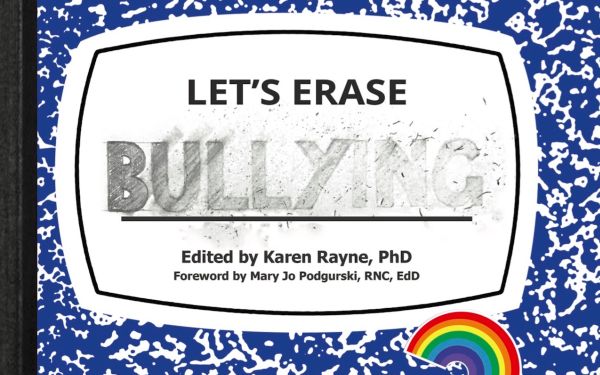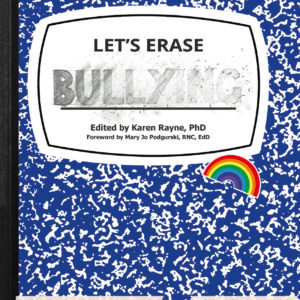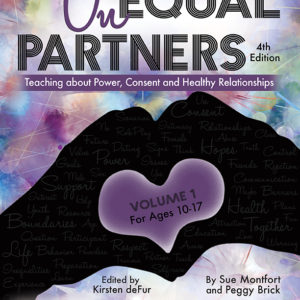
This past November, the Center for Sex Education released Let’s Erase Bullying, a teaching manual containing suggestions and resources educators can use to empower both victims and bystanders of bullying, and tips on how to educate bullies on the devastating impact of their actions. It’s a hot button issue at a time when bullying behavior is being legitimized at all ages, and when responsible bystander-ship is crucial.
I’m reviving Karen’s 500 Lessons blog series in order to highlight some of the lessons in this brand new manual. If you stick around, you’ll get glimpses of lesson plans that address cyberbullying, intimate partner violence, and more.
But for today, let’s just sneak a peek at one of the first lessons in the manual, on the common problems young adolescents often face when interacting with each other.
EVERYBODY HAS DRAMA
Part I: Finding Alternatives
By Sue Montfort, MAT, CHES and Peggy Brick, MEd, CSE
Objectives
By the end of this lesson, participants will be able to:
- Define bullying.
- Identify common dramas or problems young adolescents face when dealing with others.
- Identify alternative approaches to dealing with these relationship problems.
Audience
Young adolescents (ages 10 – 13)
Rationale
Most everybody faces some drama as they interact with other people! Both preteens and teens can
be particularly vulnerable in situations where peers make fun of them, bully them, or harass them.
Bullying behaviors peak in the middle school years. Lacking skills for asserting themselves, pre- and
young teens’ responses are sometimes ineffective. They may passively withdraw, become cliquish, or
become bullies themselves. They may also be vulnerable in situations where older youth or adults
take advantage of them or exploit them. This lesson helps young people understand that “people
problems” are “normal,” and provides a model for addressing these problems in real life.
The lesson goes on to lay out an exercise for eliciting a discussion around the “drama” youth have experienced in their interactions with others. This discussion is intended to allow students to make the connection between past experiences and the concept of bullying. By the end of the lesson, students will better understand what bullying is and how it can manifest, and will have brainstormed ways in which to respond to instances of bullying.
This lesson lays the groundwork for an entire curriculum focused on the various forms bullying can take.
I’m pretty darn excited by this manual. I remember being bullied when I was younger and, as the mother of a 2-year-old, I can’t help worrying about what my daughter will face when I eventually send her off to school. Will she absorb our lessons about the importance of kindness? Will she fall prey to bullying herself? Will she be the type of person who stands up for others? How will she fare in the white-hot crucible of middle and high school? Who will she become?
We’ve all heard about the negative effects of bullying. Some of the more recently-published research looks at how being bullied can adversely affect one’s academic performance, and how bullying can be as damaging to the psyche as abuse and neglect. If this is a topic that interests you, and something you’re looking to cover more of in your classroom, stick around. I’ll be offering additional peeks at more of the lessons in this manual, and in other recently published manuals.



